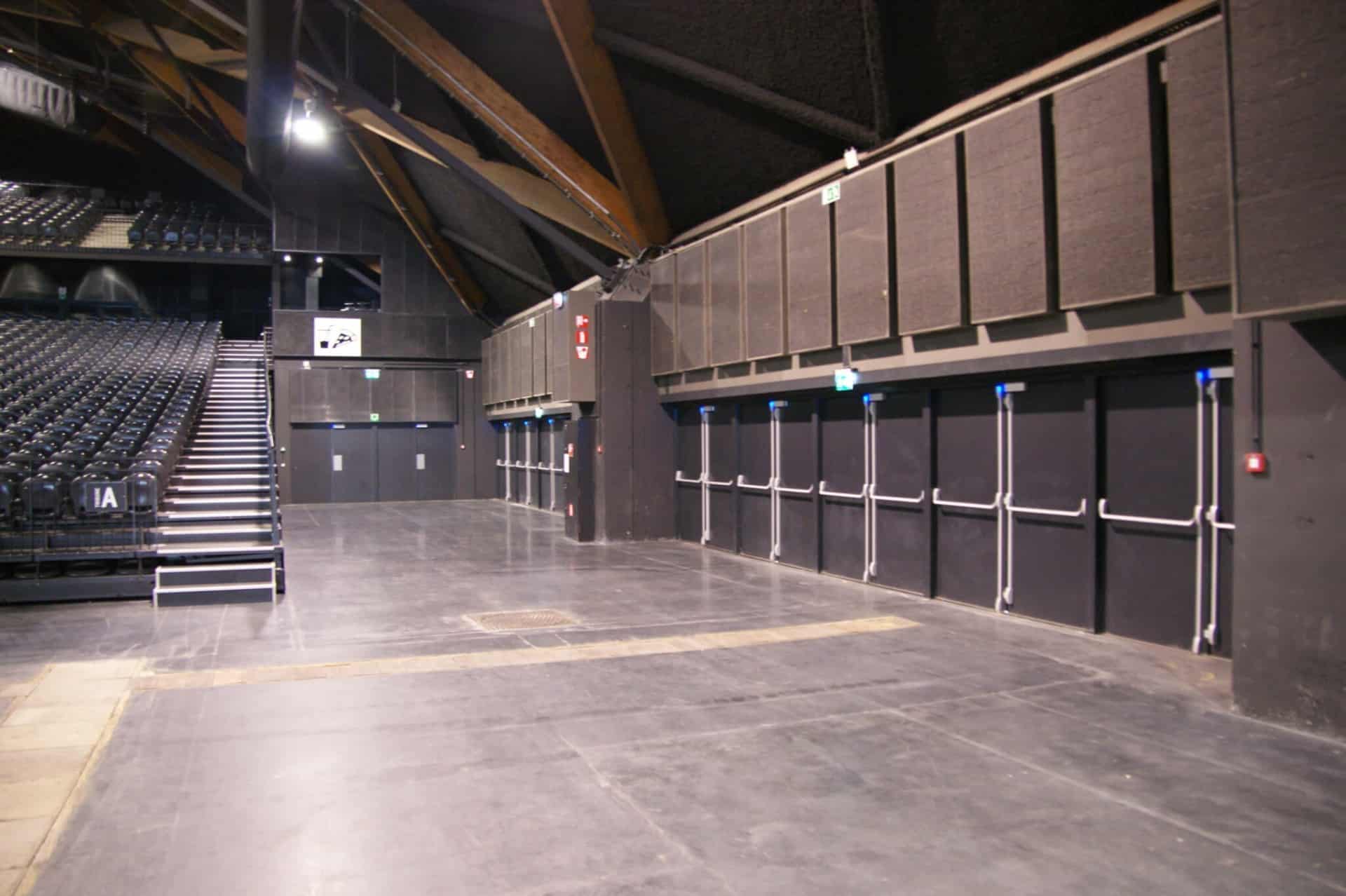Anti-panic standards
EN 179 – EN 1125
Emergency and panic exit devices
The anti-panic performance feature must ensure that the occupants of a building can always open the door in emergency situations. This functionality is taken into account in particular in the regulations relating to the risks of fire (fire-resistance performance feature) and panic. In fact, emergency exits are usually located along evacuation routes and it must be possible to open them quickly and easily in the direction of the evacuation.

Anti-panic door
Heinen anti-panic doors are designed to ensure a rapid and secure evacuation, whether in public or private buildings. They comply with EN 1125 or EN 179 standards.
Heinen also offers combined doors with additional security options, such as anti-burglary or fire-resistant features. However, glazed doors may reduce the anti-burglary resistance, so a consultation is recommended to assess the impact on overall security.
These doors are primarily used in public-access buildings (PABs), as well as in workplaces such as hospitals, offices, and performance venues. They can be equipped with various features, such as fire resistance, acoustic properties, or bullet resistance, depending on the specific needs of the clients.
With its extensive experience, Heinen provides tested and validated equipment for optimal security, offering solutions tailored to the requirements of each environment.

European standards for emergency exits
EN 179 & EN 1125
There are several techniques and accessories available to convert a standard door into an emergency exit door. One option is to install a panic lock, to which various gripping devices, such as a bar, rotating ball, or latch, can be attached. However, while the panic function is guaranteed by the lock manufacturer, this setup will not be certified according to the EN 179 and EN 1125 standards.
To obtain EN 179 certification, it is necessary to install a panic mechanism with a latch, where the handle and lock must be tested together. This standard applies to spaces where occupants are familiar with evacuation plans, such as offices. On the other hand, EN 1125 certification requires the installation of a panic bar, with a mechanism where the bar and lock are also tested together. This standard ensures easy opening under pressure, even in the case of heavy foot traffic, to guarantee a rapid and secure evacuation.
Heinen adapts its products to your needs
Heinen has designed anti-panic doors to provide a fast and secure evacuation, even in high-traffic situations. With their innovative system and compliance with safety standards, they ensure optimal protection for your public and professional spaces.
Discover our anti-panic doors on our dedicated page.
